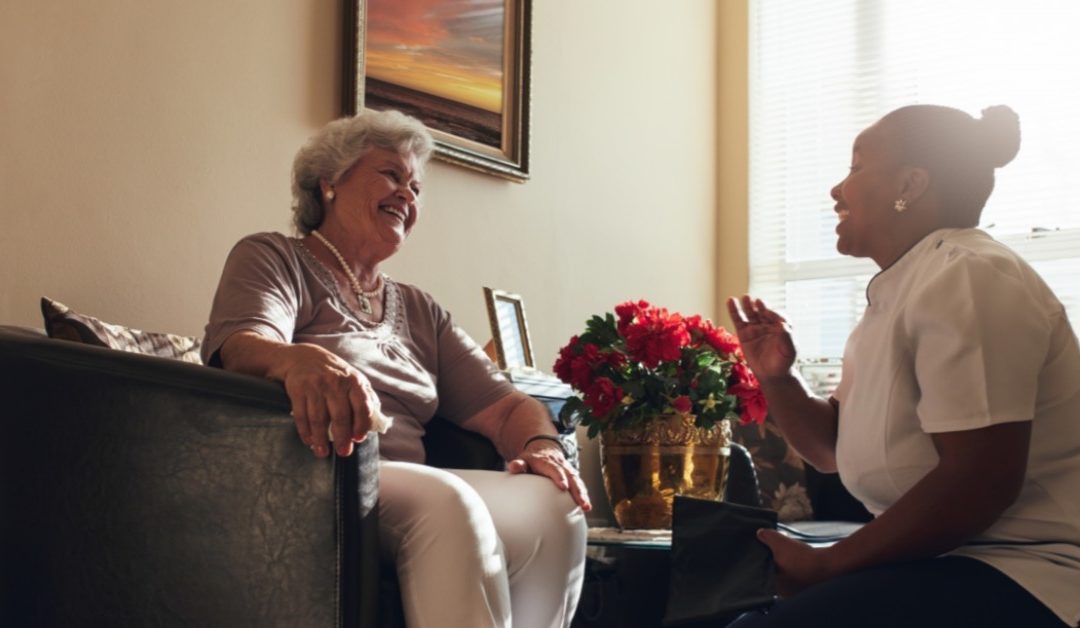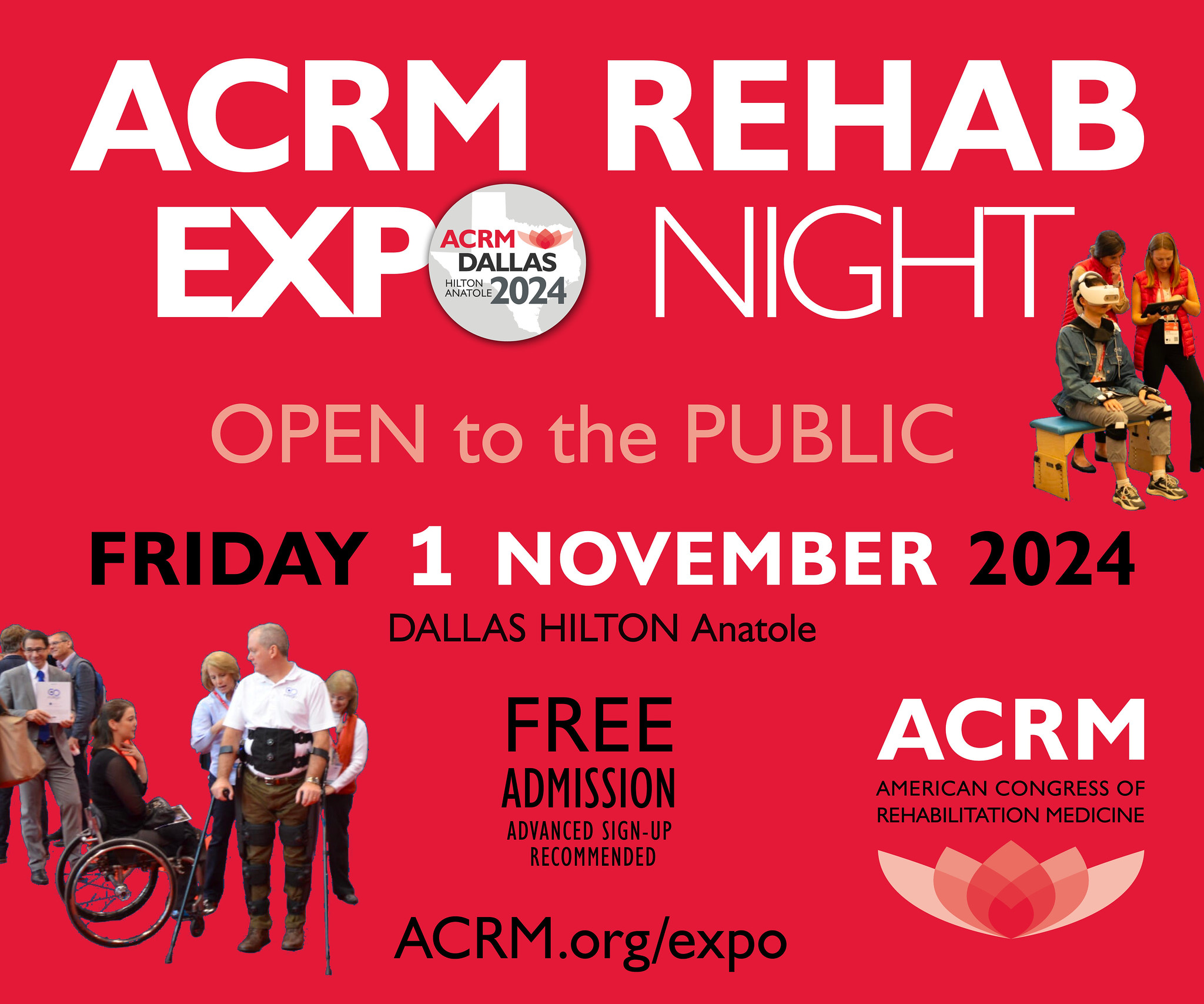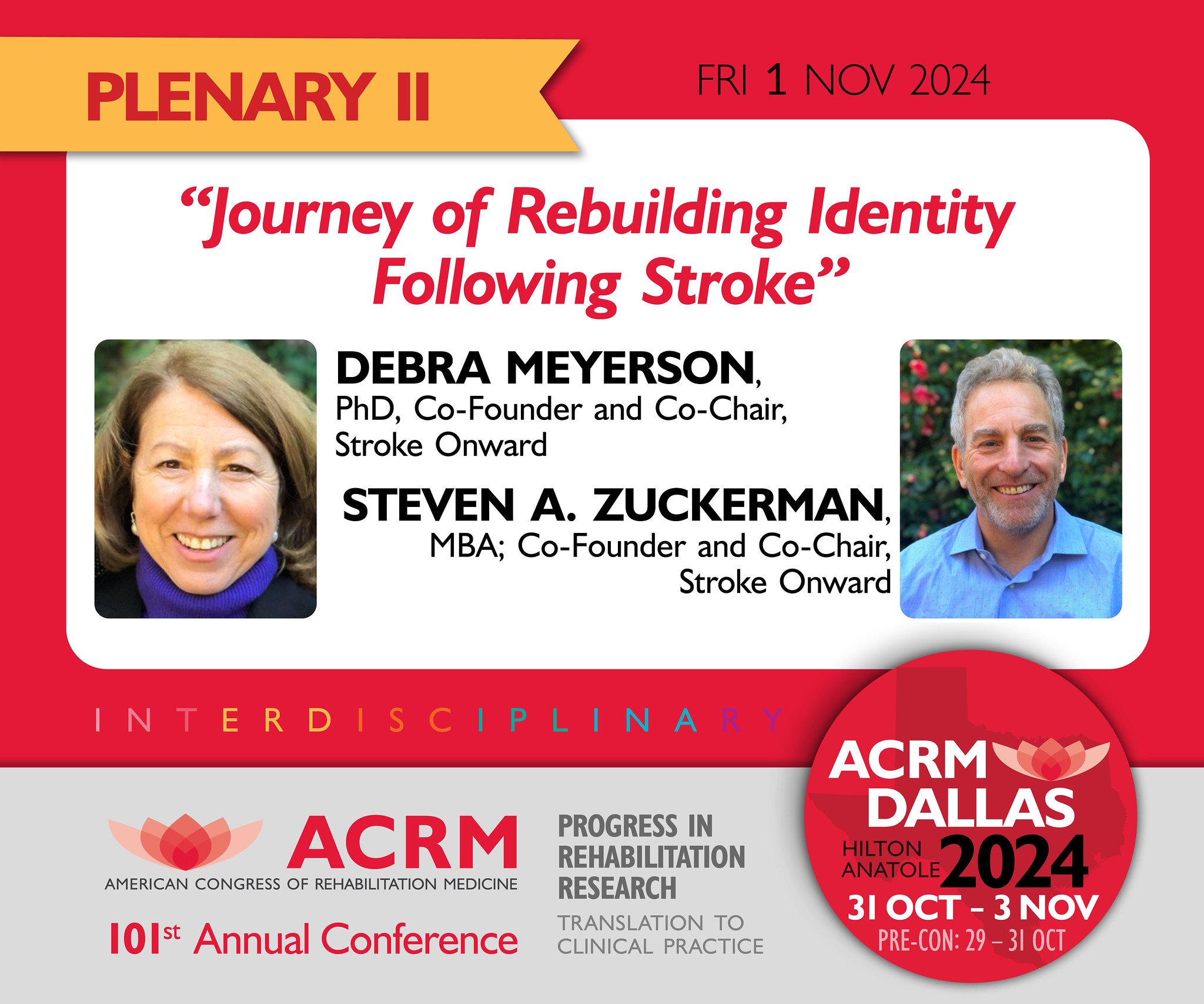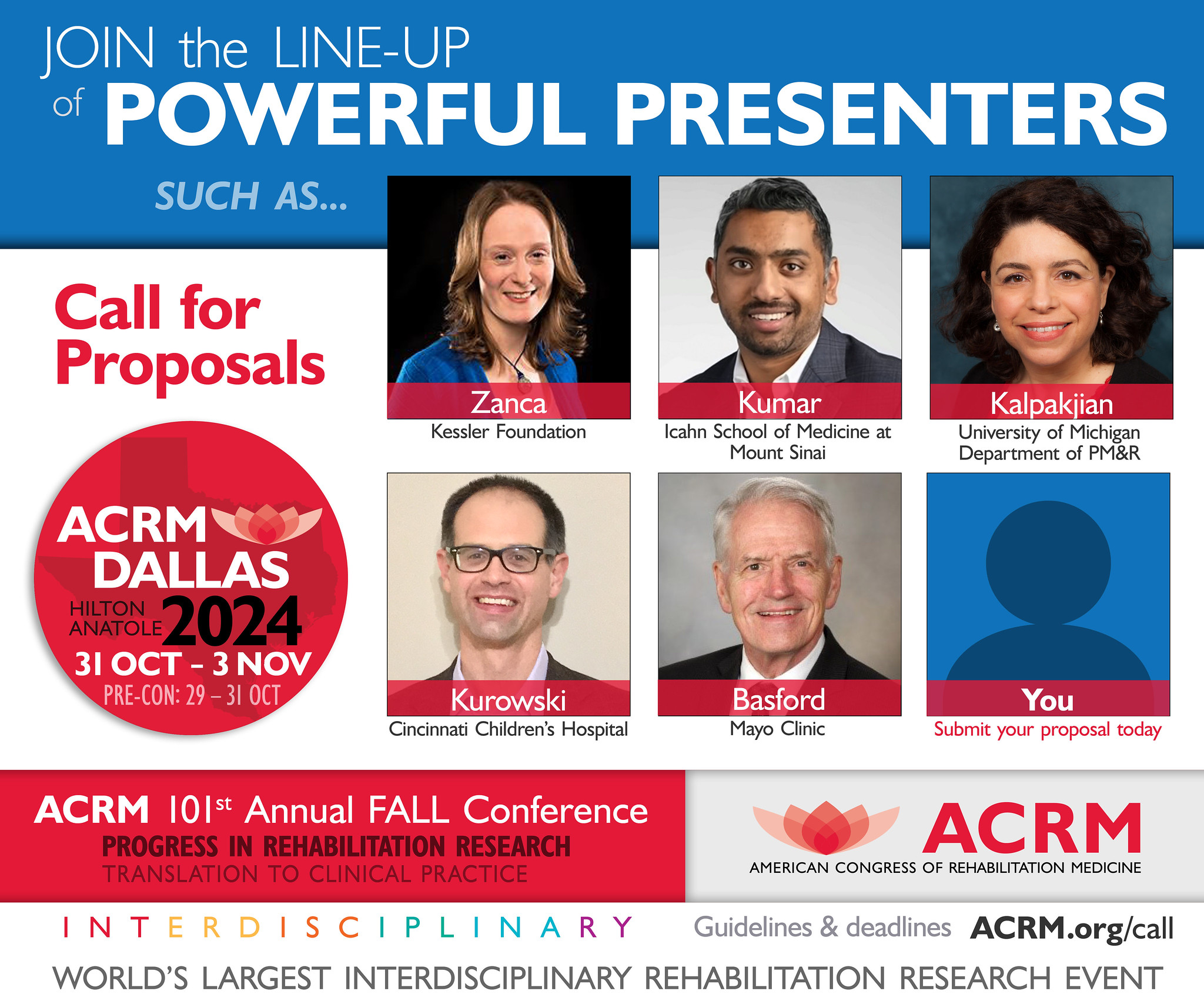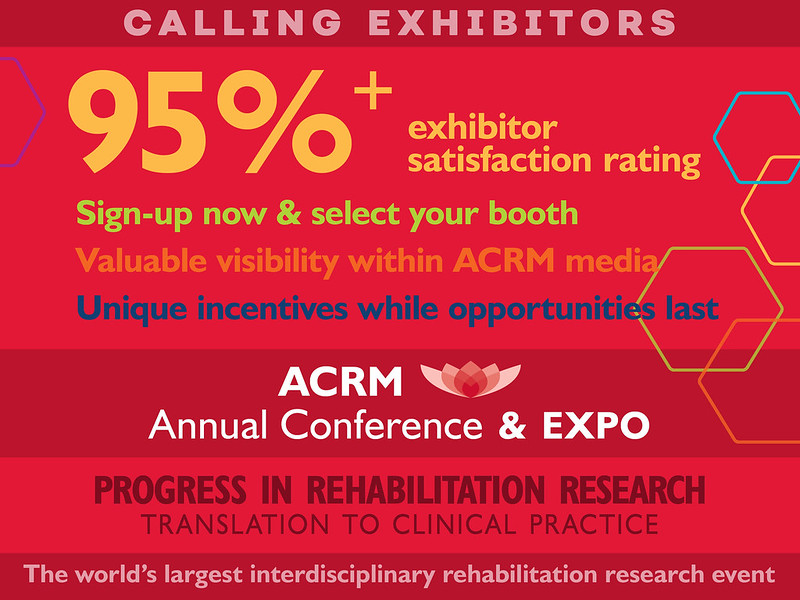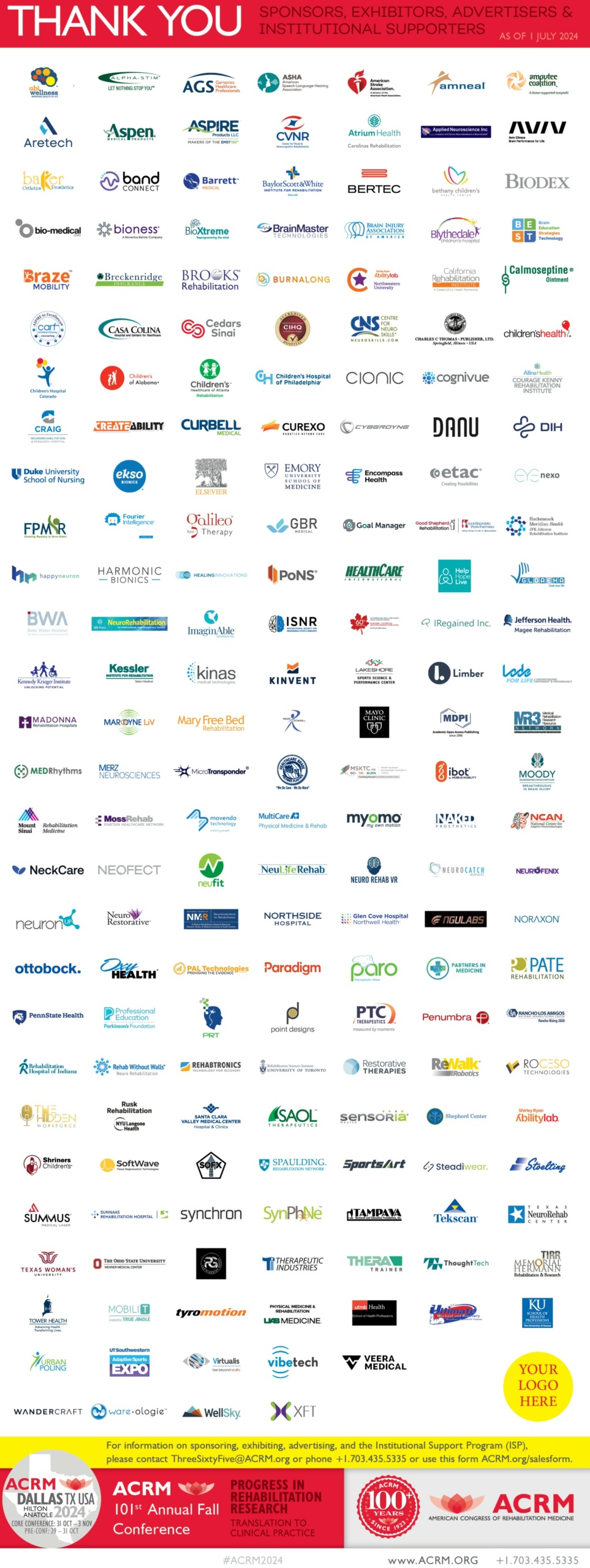As a professional in the medical and care industries, you most likely have been exposed often to stroke patients. As a hospital administrator, care provider, physical therapist, or in any other role, you’ve seen first-hand what rehabilitation research can do for your practice and your patients.
ACRM is here to help with this. We’re the American Congress of Rehabilitation Medicine, and we focus on a variety of communities, including brain injury, spinal cord injury, cancer, and more. Read more below about rehabilitation research surrounding stroke, join ACRM, and check out the Stroke Interdisciplinary Special Interest Group (STROKE ISIG). Our Annual Conference is quickly approaching, so join ACRM today to get started with your own rehabilitation research and medical networking.
What does post-stroke rehabilitation involve?
More than 700,000 people in the U.S. suffer a stroke each year — and almost two-thirds survive and need stroke rehabilitation. This rehabilitation will help them relearn any skills that were lost when the brain was damaged. For any disabilities that remain, rehabilitation will help them to find workarounds so they can maintain their quality of life as best as possible.
What disabilities can strokes cause?
Strokes come in many varying degrees, meaning the disabilities associated with them will also vary greatly. Generally, however, strokes can cause five types of disabilities:
- Paralysis or problems with motor control
- Aphasia, or problems understanding or using language
- Emotional disturbances, such as fear, anxiety, depression, etc.
- Problems with thinking and memory
- Sensory disturbances, including pain or the loss of ability to feel touch, temperature, etc.
What medical professionals work on post-stroke rehabilitation?
There are many medical professionals who work with patients on post-stroke rehabilitation. These professionals include:
- Physicians
- Rehabilitation nurses
- Physical therapists
- Occupational and recreational therapists
- Speech-language pathologists
- Vocational therapists
If you are one of these professionals and are interested in CE for nurses, CME medical conferences, CME for physicians, or medical networking, then you can rely on ACRM.
When can post-stroke rehabilitation begin?
Again, this will vary depending on the stroke and its degree of severity. However, stroke patients can begin rehabilitation as soon as they’re stable — which is sometimes as soon as 24–48 hours after a stroke. While rehabilitation medicine and practices may occur this soon after the stroke, it’s common for post-stroke rehabilitation to last a long time.
What rehabilitation research is there?
Medical professionals the world over are active at work on providing more rehabilitation research to the medical community. Here at ACRM, we attempt to roll out effective rehabilitation research as quickly as possible — so that it can start benefiting stroke patients as quickly as possible. Whether you have rehabilitation research for stroke patients or you’re interested in getting involved in it, ACRM offers the medical networking, rehabilitation conferences, and research opportunities you need.
Join ACRM Today To Participate In Rehabilitation Research
When you join ACRM, you’ll have medical networking, a medical education journal, and more at your fingertips. Furthermore, there are many reasons to join the STROKE ISIG so you can advance your career, conduct your own rehabilitation research, and, ultimately, make the world a better place. Join ACRM and the STROKE ISIG today.


